This old blacksmith’s warehouse in Lesvos, Greece was converted using light wood, bright white walls and a beautiful concrete floor. “Imperfection is part of life: It’s where the poetry and humor hide,” says Dorte Mandrup-Poulsen, an architect living in Denmark. In keeping with this ethos, she and two other Danish architects (Louis Becker and Jens Thomas Arnfred) have made an old blacksmith’s warehouse their shared second home on the Greek island of Lesbos.
Spending their summers by the sea, the designers and their families have vacationed together for years. “We all lived in Denmark but liked to go on vacation with all the families in the summer,” she says. “We’ve owned it for eight years now, and the kids have a long history together.” Made up of small coastal towns and villages, Lesbos is located in the northeastern corner of the Aegean Sea and is known for its enchanting landscapes. The small village of Plomari sits south of Mount Olympus and is unaffected by tourism, preserving a sense of Greek Old World tradition.
“We liked the town for being very authentic,” she says. Houses of all different shapes, sizes and colors make up the eclectic architecture of the city, as well as semi-rundown factories, abandoned buildings and old mansions that are backdropped by lush forests of olive trees and fronted by bright blue seascapes. In the middle of it all sits a former blacksmith: The 1930s building had been abandoned for a while before Dorte and her architecture fellows redesigned and renovated the space in 2009. The original stone construction consisted of a single open room, so they built a wooden structure in one end of the space (containing beds, a kitchen area and a bathroom) to create more nooks.
Staying true to the original character of the warehouse and working to preserve its older features, the architects appreciated the home for its weathered and lived-in feel. “It’s important when you convert an old building to be careful not to remove the soul of what was there. If everything is renewed, it becomes too perfect,” Dorte says. She believes the eccentricities give their home more charm, such as the blacksmith equipment, traditional iron stove, old metal tables and the original iron windows, which are among her favorite features because they frame the seaside views throughout the home.
“We have really tried to keep the authenticity in the house. Imperfections tell the history of the building,” Dorte says. “You often see foreigners buying lovely houses, and they either bring in their own traditions or renew everything, losing the culture of the place.” Not only is imperfection part of their home, but the notion also carries seamlessly into their personal lives. “We don’t do much aside from socializing, cooking, swimming and walking in the mountains—we’re outside most of the time! It’s all about being relaxed when on vacation, so nothing should be too seriously looked after.”
via Kinfolk
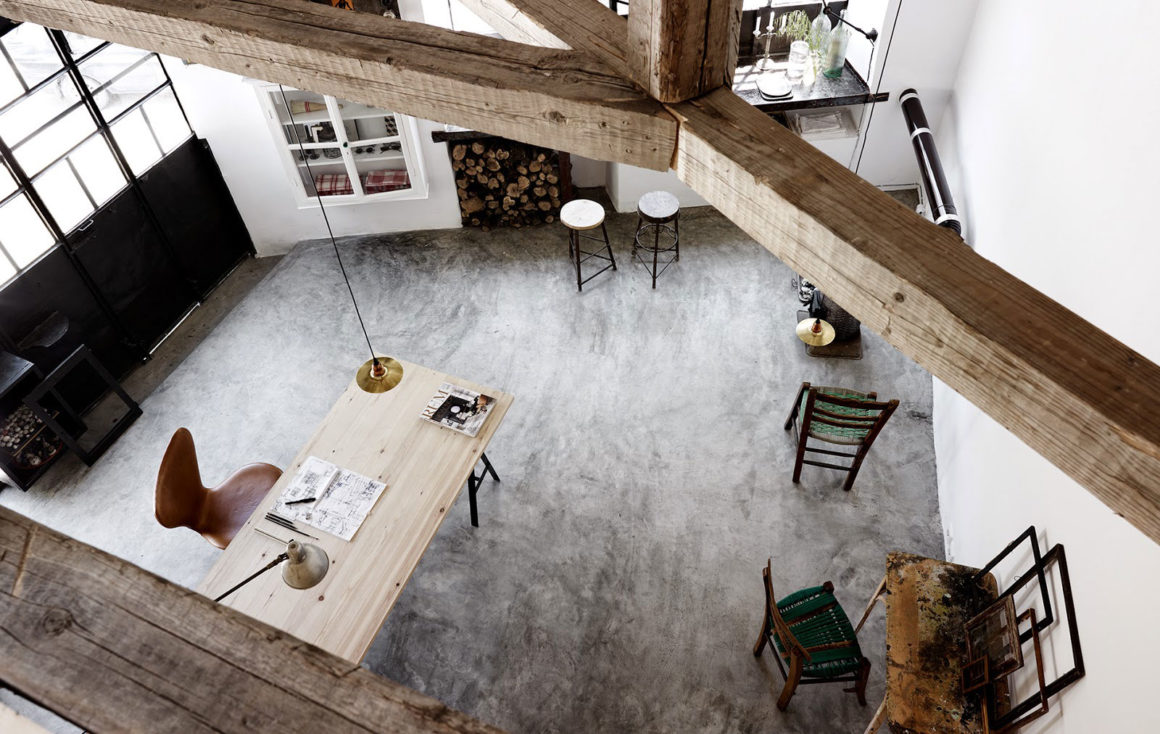
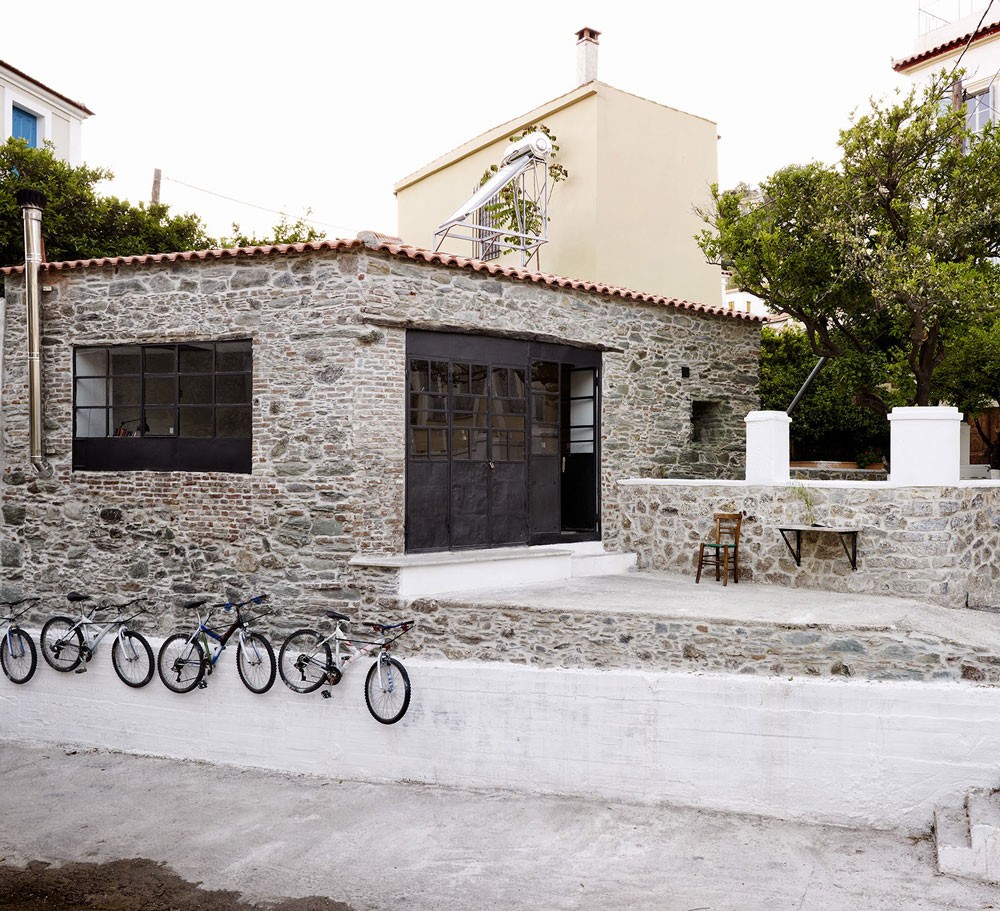
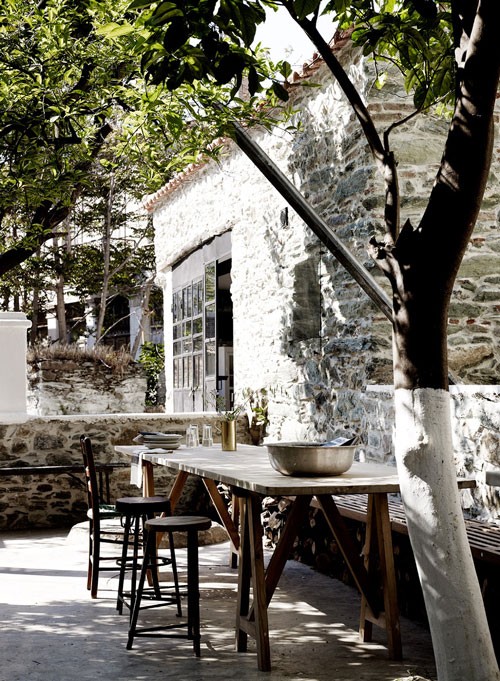
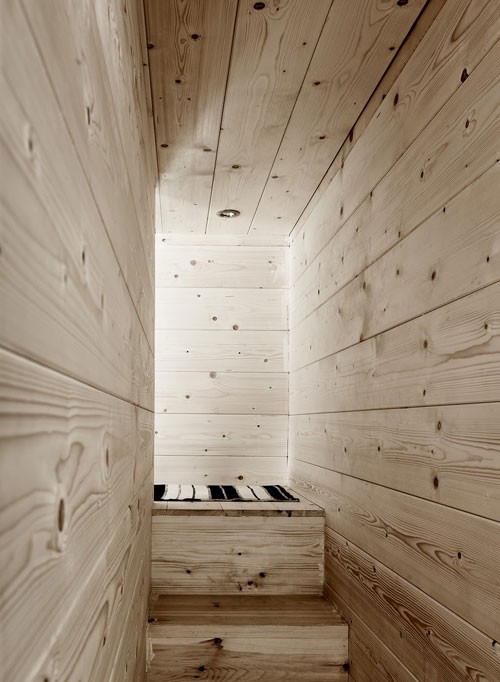
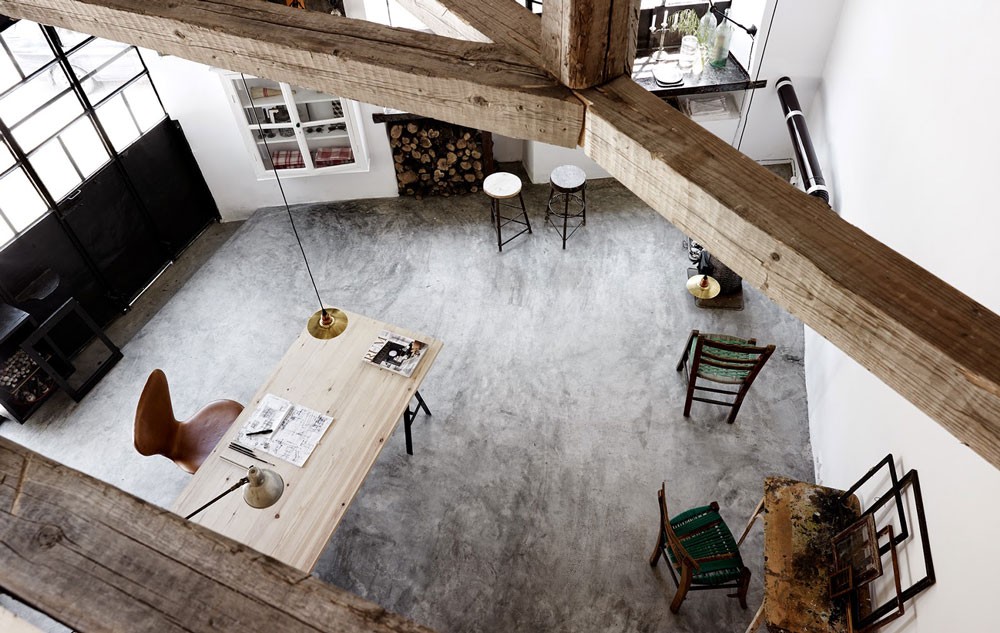
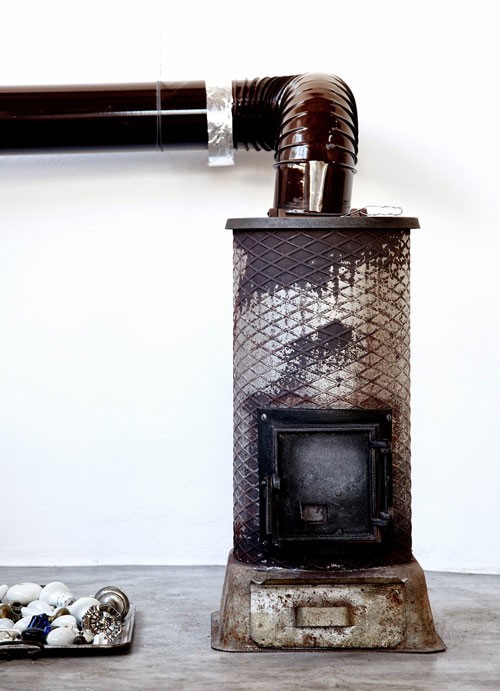
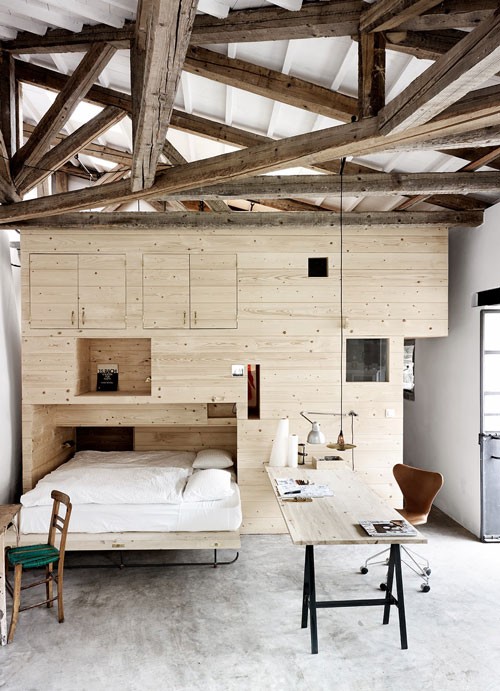
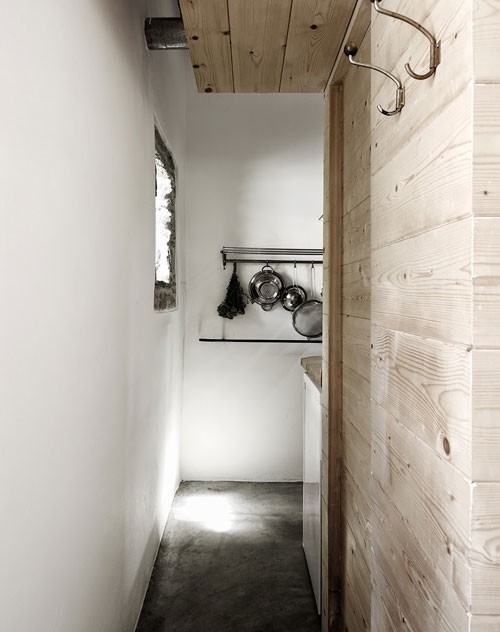
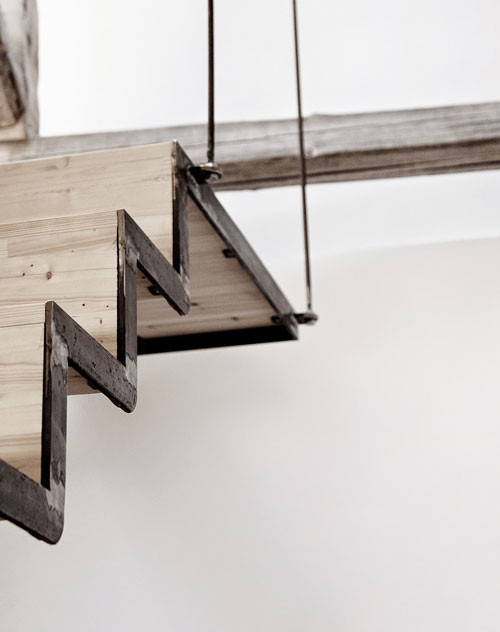
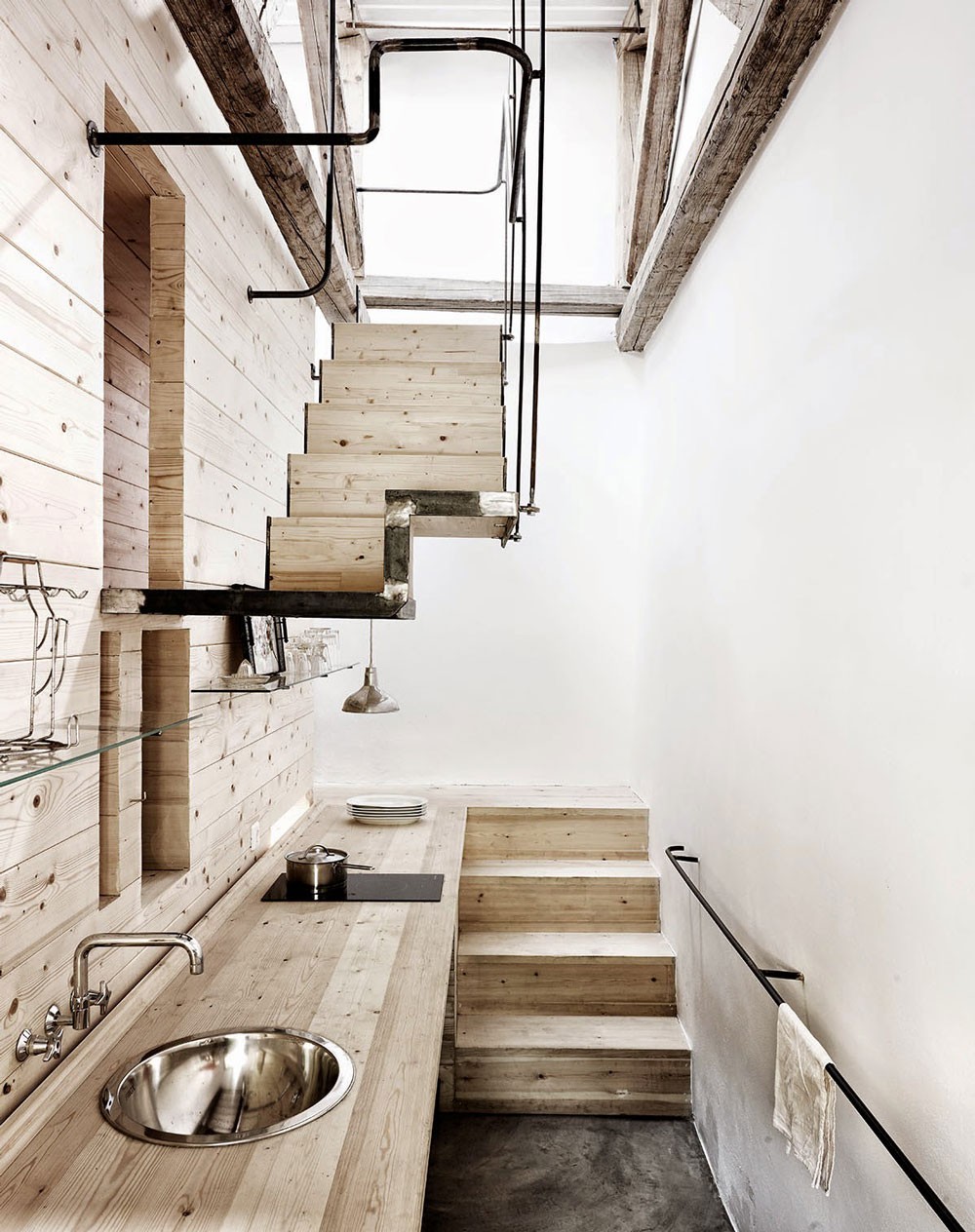

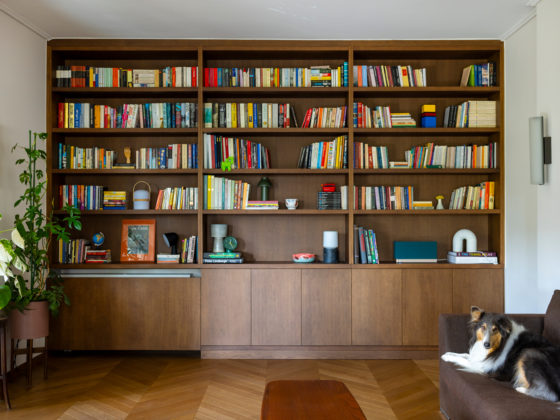
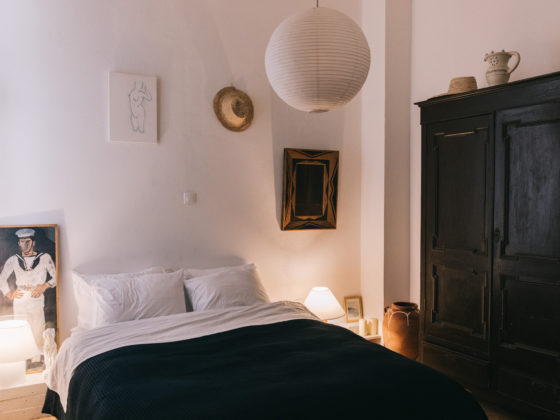
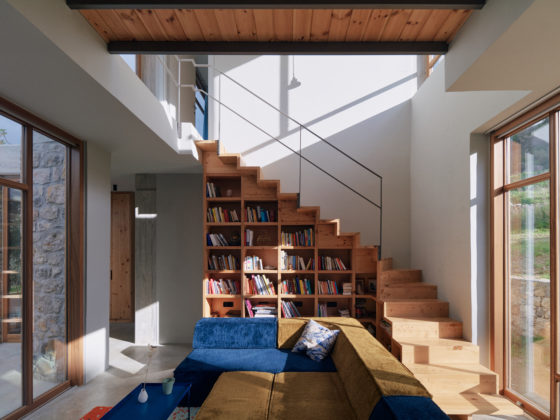
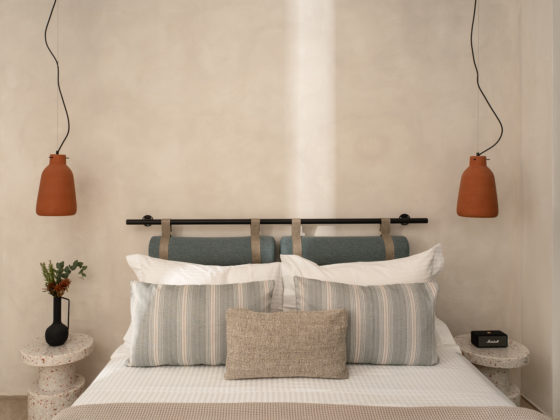
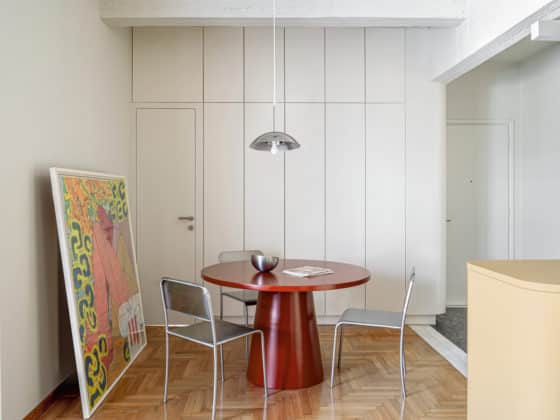
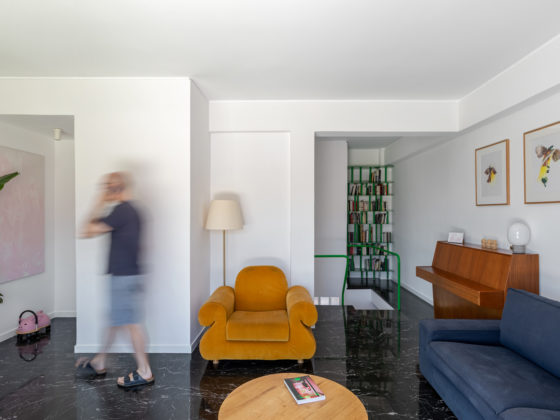
Comments are closed.